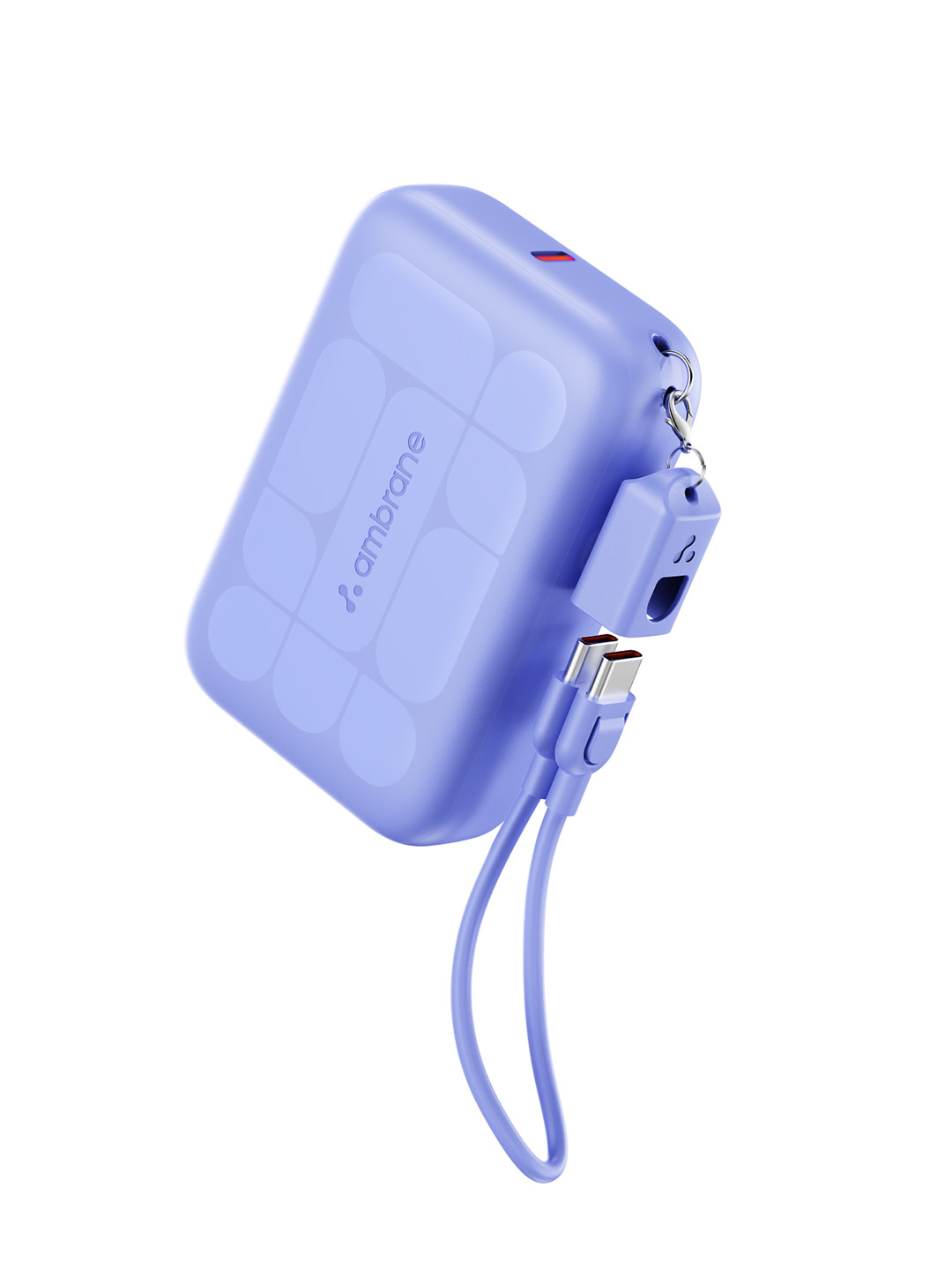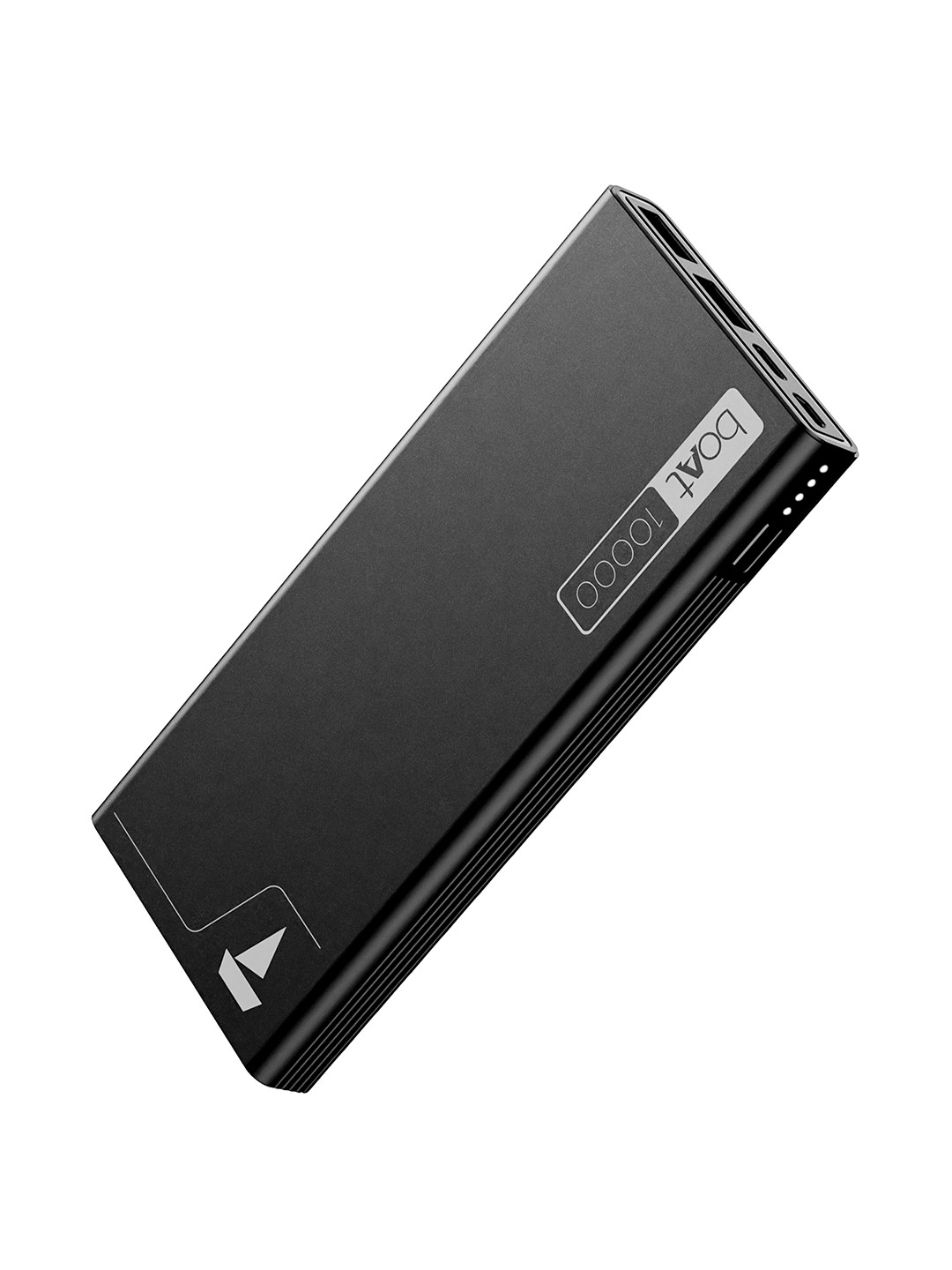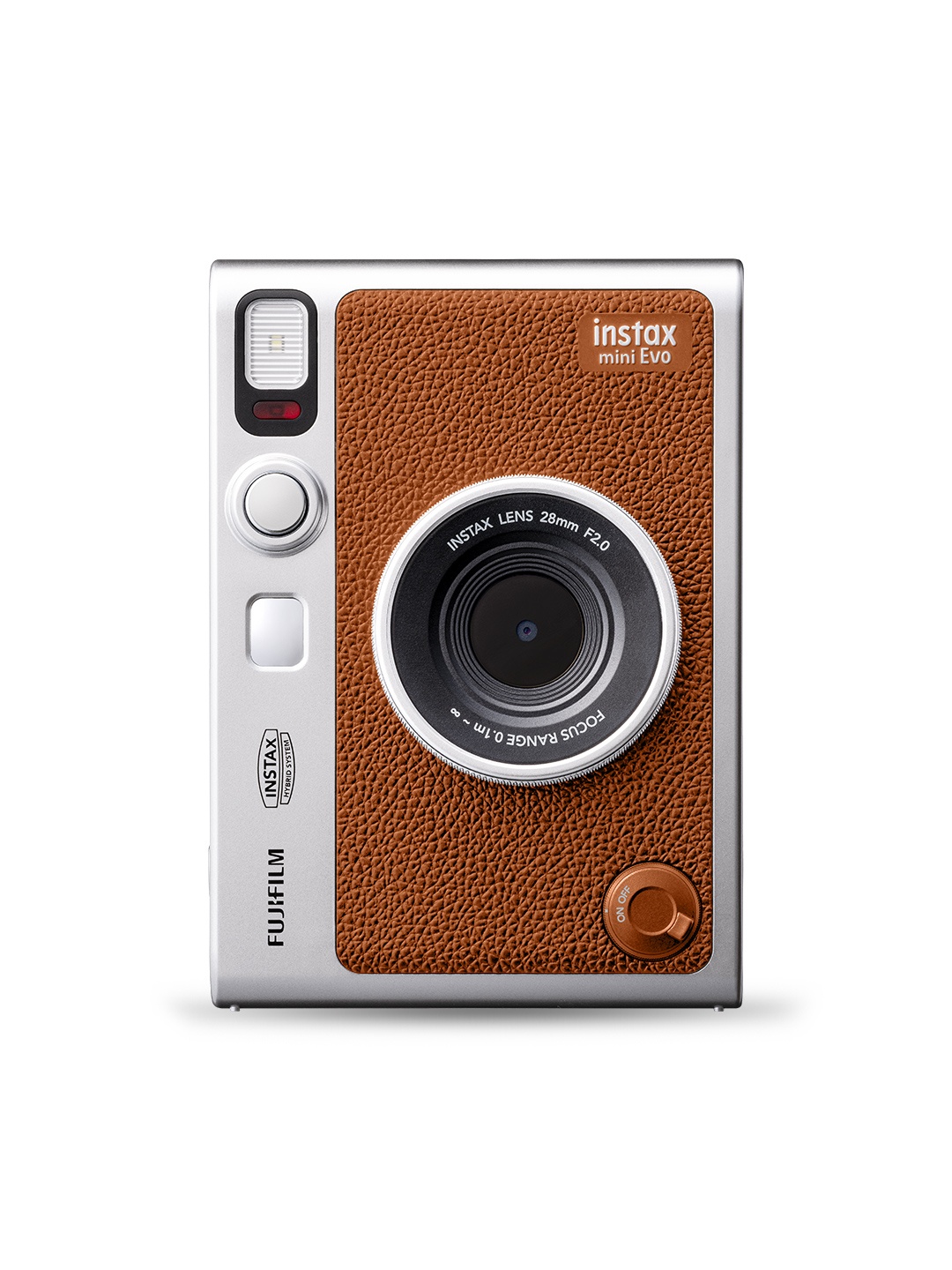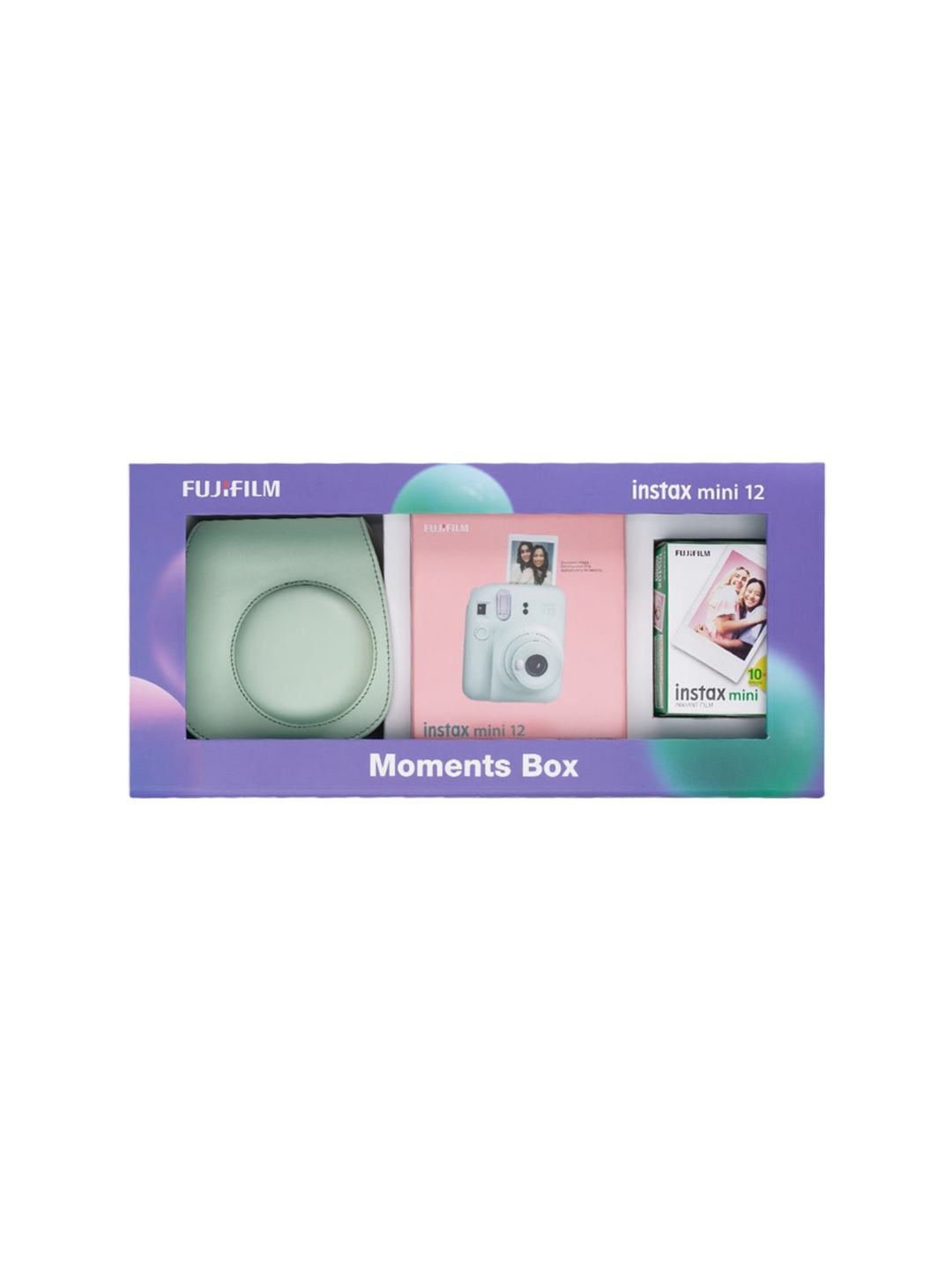Is Your Vacuum Cleaner Failing to Pick Up Hair? Here’s What You Need to Know
A vacuum cleaner that can’t pick up hair is a household frustration many of us face. Let’s explore why hair is so tricky for your vacuum cleaner to handle and what you can do about it.

Top 8 Reasons Your Vacuum Wont Pick Up Hair And How To Solve It
We've all been there, battling with stubborn strands of hair that refuse to be vacuumed up. It's a little like playing a game of hide and seek, except you're losing. No matter how many times you push that vacuum over the same spot, your pet's fur or your stray locks remain glued to the floor, mocking your efforts. If you're feeling like your vacuum cleaner has turned into more of a decorative object than a cleaning tool, don't despair. It's a common issue, and one that can often be solved with just a little know-how.
Hair, whether from pets or humans, is deceptively tricky for vacuums. It clings, winds itself around parts of the machine, and can make a mess of things. However, before tossing your vacuum cleaner out the window (we've all been tempted), let's explore the reasons why it's not picking up the hair and what you can do about it.
1. Hair Wrapped Around The Roller Brush
One of the most common reasons your vacuum is failing to pick up hair is that the roller brush is clogged with strands. The brush roll is responsible for sweeping dirt and debris into the vacuum, but hair tends to wind around it, leaving it less effective. Over time, the buildup of hair can cause the brush to stop rotating altogether, meaning it can't reach the dirt it's supposed to.
What To Do About It:
To solve this, make sure to check and clean the roller brush regularly. Use a pair of scissors to cut through the hair that's tangled around it, and use a cloth or a brush to remove any remaining debris. If you notice that hair keeps wrapping around the roller despite your best cleaning efforts, consider switching to a vacuum that's designed to better deal with hair, such as those with tangle-free brush rolls.
2. Clogged Hose Or Air Pathways
Another culprit that could be contributing to your vacuum's inability to pick up hair is a clogged hose or air pathway. Hair, especially from pets, can easily clog the hose, reducing suction power. When hair gets stuck in the hose, air flow is restricted, making it harder for the vacuum to properly suck up dirt and hair from the floor.
What To Do About It:
Take some time to inspect the hose and air pathways for blockages. If you find hair or other debris lodged inside, remove it with your hands or use a long, flexible tool to clear it out. If you can't get to it by hand, a small brush or even a long wire coat hanger can do the trick. Regularly checking and cleaning the hose can keep your vacuum in top shape.
3. Full Dustbin Or Bag
It may sound simple, but sometimes the reason your vacuum cleaner isn't picking up hair effectively is because the dustbin or bag is too full. When the storage compartment is packed, the vacuum's suction power diminishes. This can make it feel like the vacuum is hardly doing its job, even when you're diligently vacuuming.
What To Do About It:
Ensure you empty the dustbin or change the bag frequently, especially after a particularly hairy clean-up session. If you have a bagless model, empty it as soon as it's half full, and give it a quick rinse if necessary. If your vacuum uses bags, make sure they're replaced promptly. A fresh dustbin or bag will allow your vacuum to regain its full suction power, making hair removal far more effective.
4. Incorrect Vacuum Settings For Carpet Or Hard Floors
Many vacuum cleaners come with different settings that cater to different surfaces. If your vacuum is set to the wrong setting for the type of flooring you're cleaning, it could be making the hair situation worse. For example, the height adjustment on your vacuum can have a significant impact on how well it performs on carpet or hard floors. If it's too high, it won't reach the hair deeply embedded in the fibres. If it's too low, it might not be able to properly pick up the hair or could even get stuck.
What To Do About It:
Check that your vacuum is set to the appropriate height for your floor type. For carpets, you'll want the setting low enough to get the brush roll deep into the fibres without causing damage. For hard floors, adjust the height to ensure it's close enough to the ground to pick up hair but not too low that it causes friction and reduces suction.
5. The Wrong Type Of Vacuum For Pet Hair
If you have pets, it's essential to use a vacuum designed specifically for handling pet hair. Some standard vacuums may not have the right attachments or suction power to properly handle the amount of fur that comes with having furry friends. Pet hair can be particularly stubborn, often getting embedded deep into carpets and sticking to upholstery.
What To Do About It:
Investing in a vacuum cleaner designed for pet owners can make a significant difference. These vacuums typically come with specialised tools such as motorised brush heads, rubberised bristles, and more powerful suction to deal with the unique challenge of pet hair. If you don't have the budget for a new vacuum, check if your current model has pet-specific attachments that can improve its performance.
6. Suction Power Is Decreasing Over Time
Vacuum cleaners, like any other appliance, can lose their suction power as they age. If your vacuum is several years old, it might be struggling to perform like it once did. This could be due to wear and tear on internal components or the motor losing efficiency. Hair is particularly tricky for vacuums to pick up if suction power has diminished, especially if it's fine, short hair.
What To Do About It:
If your vacuum has been in service for several years, it may be time to consider servicing it or replacing parts. Regular maintenance, such as replacing filters and checking the motor for signs of wear, can help extend its lifespan. However, if the vacuum is too old and performance has noticeably dropped, it may be more cost-effective to invest in a new vacuum with better suction power.
7. Faulty Or Worn-out Filters
Filters are essential for maintaining the suction and efficiency of your vacuum. Over time, these filters can become clogged with dust, dirt, and hair, which can reduce the vacuum's suction capacity. When filters are clogged, they restrict airflow and prevent your vacuum from picking up hair and other debris effectively.
What To Do About It:
Check your vacuum's filters and clean or replace them regularly. Most vacuums have HEPA filters that are easy to remove and wash, but they do need to be maintained. If your vacuum has an internal filter that can't be cleaned, make sure to replace it according to the manufacturer's instructions. A clean filter will ensure that the vacuum is operating at its optimal efficiency.
Also Read: Robot Vacuum Cleaner Vs Traditional Vacuum Cleaner: Which Is Better
8. The Vacuum Is Not Designed for Long Hair
Long hair, especially from humans, can present unique challenges. Unlike pet hair, which is often shorter and finer, long human hair tends to cling to surfaces and can easily wrap around parts of your vacuum. If your vacuum is not designed to handle this type of hair, it will struggle to pick it up. Some vacuums simply don't have the power or the right design to deal with long, dense hair effectively.
What To Do About It:
Look for vacuums with specific features designed for long hair, such as tangle-free brush rolls or self-cleaning mechanisms. These vacuums are equipped with specialised technologies that can prevent hair from tangling in the brush, allowing for more efficient cleaning. You can also try trimming or cutting up particularly long strands of hair before vacuuming, which can help reduce the strain on your vacuum.
Products Related To This Article
1. iBELL Mecano Premia 1000W 10 Liters
2. Inalsa QuickVac Bagless Dry Vacuum Cleaner with Reusable Dust Bag
3. EUREKA FORBES Quick Clean DX Dry Vacuum Cleaner with Reusable Dust Bag
4. Inalsa Micro WD12 Multifunctional Wet/Dry/Blower
5. iBELL 2012WB Plus Vacuum Cleaner
6. AGARO Rapid 1000-Watt
7. Karcher WD 3 V 15/4/20 Wet & Dry Vacuum Cleaner
8. AGARO Ace Wet & Dry Vacuum Cleaner 1600 Watts
A vacuum cleaner that can't pick up hair can be a frustrating and perplexing problem, but it's usually not an issue that requires you to throw your vacuum out the window. By understanding the reasons why hair is so tricky for your vacuum and addressing the potential causes, you can restore your vacuum's performance and get it back to doing what it was designed to do. Whether it's cleaning the roller brush, fixing blockages, or upgrading to a vacuum better suited for pet hair, there's a solution for every situation. So, before you give up on that trusty vacuum, try these tips and bring it back to life; your floors and your patience will thank you.
Disclaimer: The images used in this article are for illustration purpose only. They may not be an exact representation of the products, categories and brands listed in this article.




























